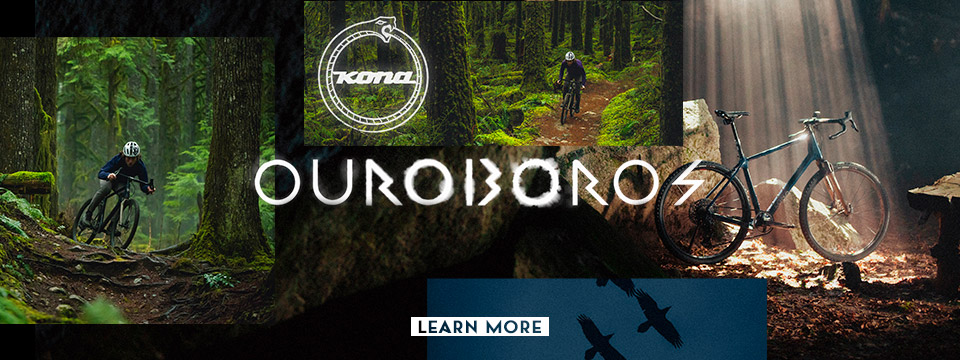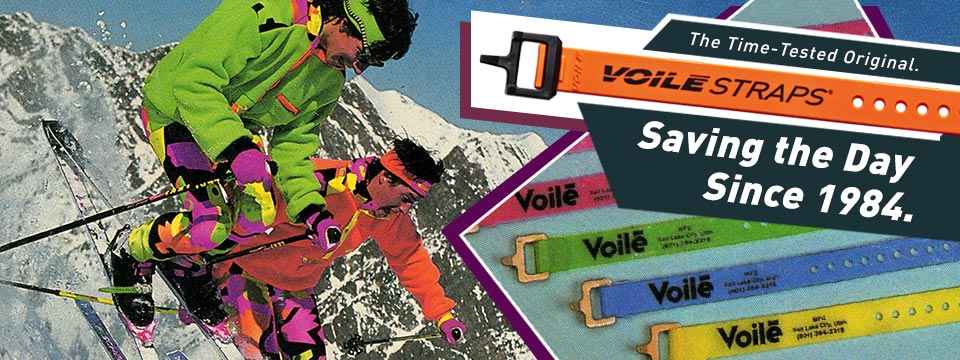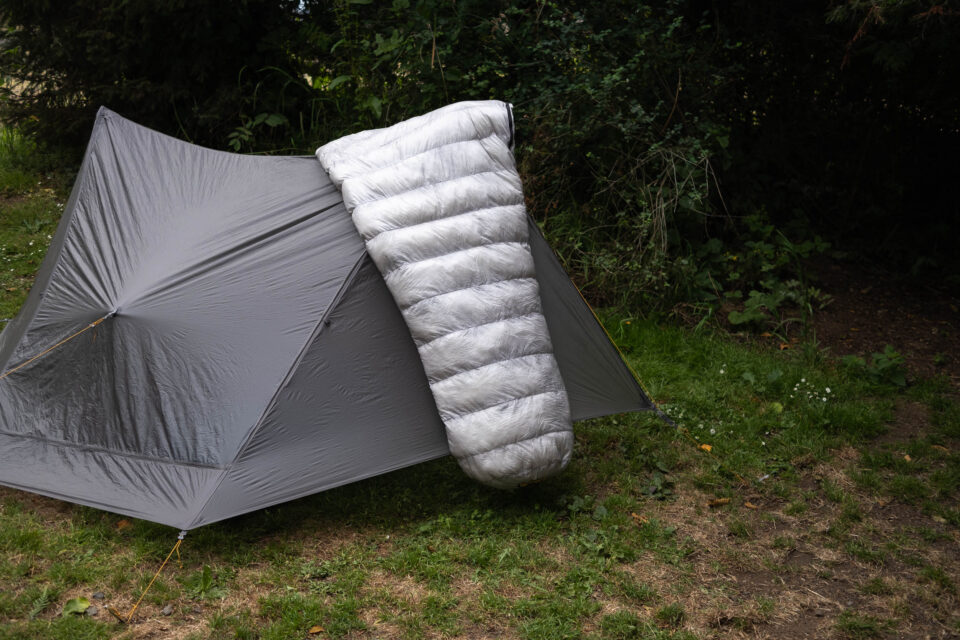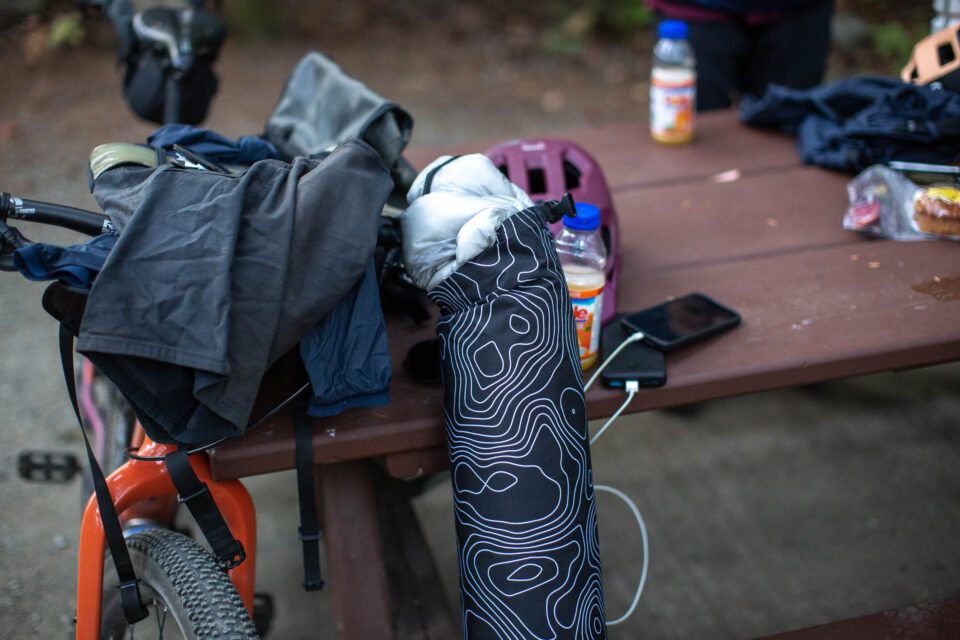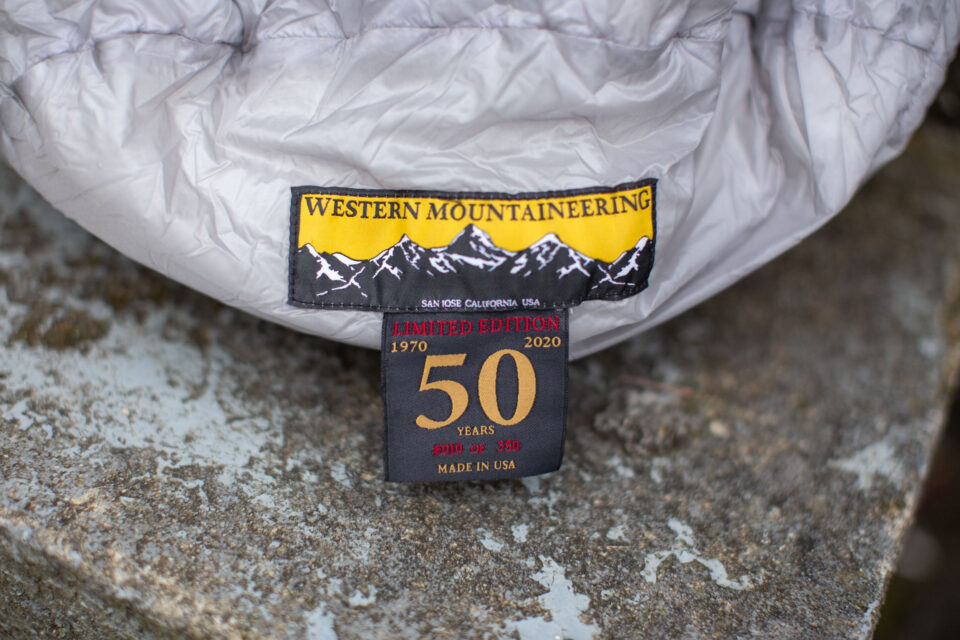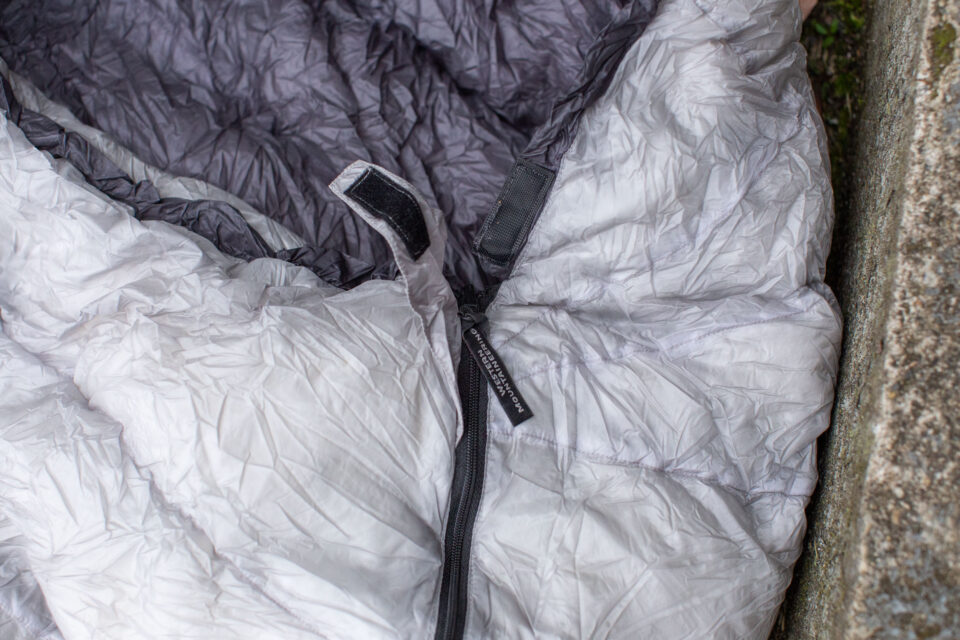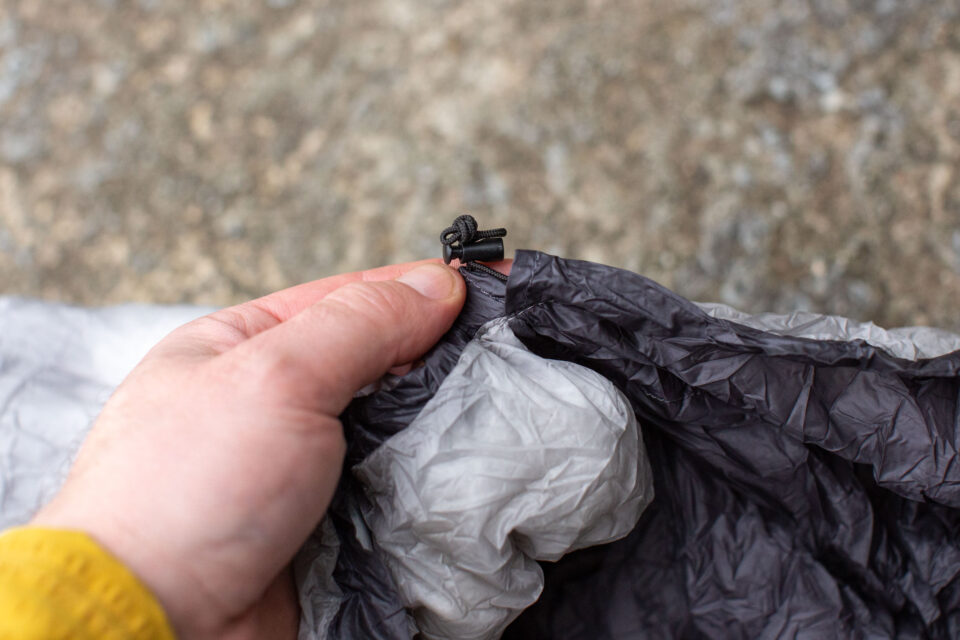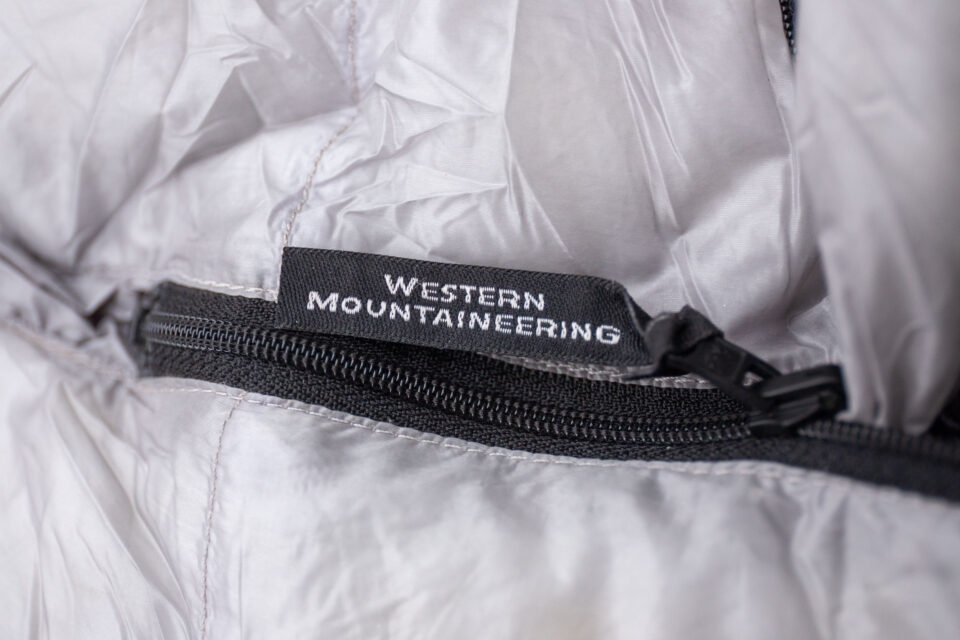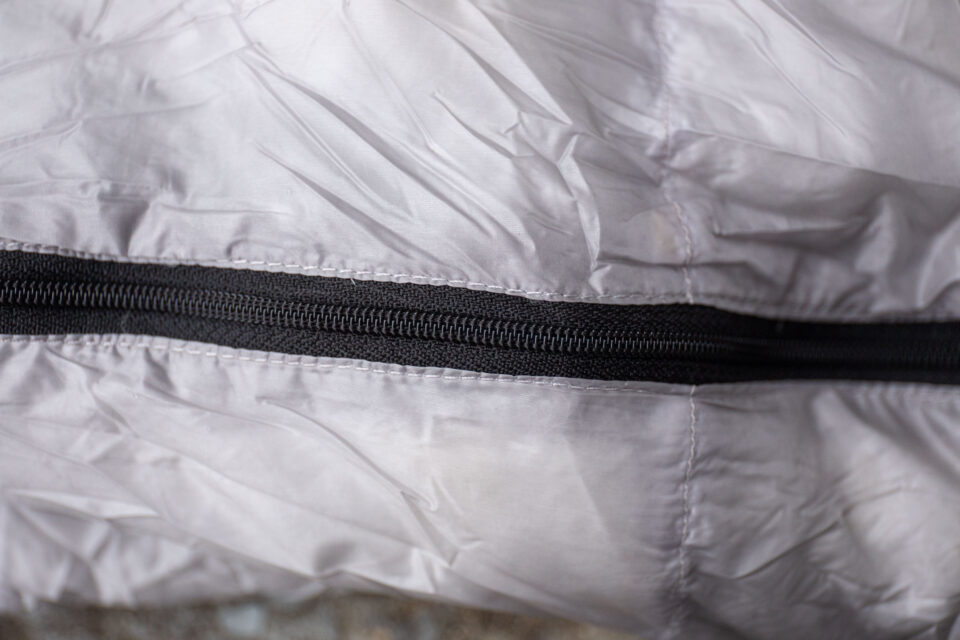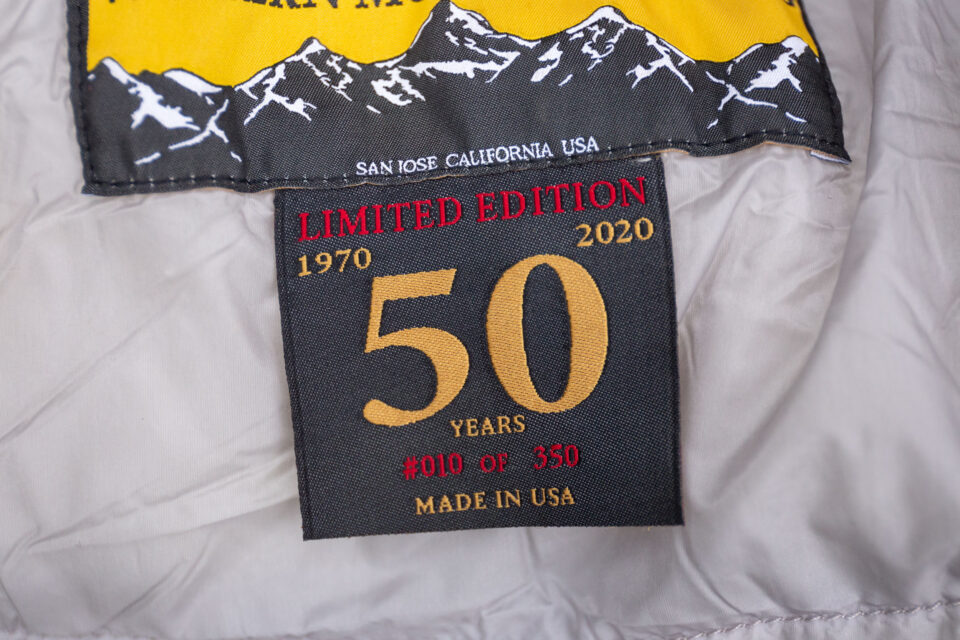Western Mountaineering Flylite Review: The Perfect Sleeping Bag?
Released in conjunction with their 50th anniversary, the Western Mountaineering Flylite might be the lightest fully baffled sleeping bag ever made. We’ve been testing one for over a year in a wide range of conditions and temperatures for this review. Read it here…
PUBLISHED Mar 30, 2023
It’s an amazing time in the world of lightweight camping gear. Sub-two-pound tents are everywhere, impossibly tiny sleeping pads are the norm, and sleeping bags and quilts somehow keep getting lighter without sacrificing warmth. It’s promising to see mainstream brands offering bikepacking-friendly variations of some of their products, and the materials used are often more environmentally friendly, with more recycled materials and fewer harmful chemicals being used.
I’ve used many exceptionally nice sleeping bags and quilts over the years, but in my experience, some of the best have been from Western Mountaineering. They’ve been manufacturing sleeping bags in the US for over 50 years and continue to exist as a small independent company with closely held roots and dedication to their craft. The geese that supply the brand’s down are never live-plucked or force-fed, and their supplier in Europe raises the geese for breeding, not strictly for poultry, so they generally have much longer, happier lives.

With more than 30 bags, Western Mountaineering has one of the most extensive lineups we’ve seen. Narrowing down on what bag best suits you depends on your body size and shape, how much room you want, the temperature rating, the bag’s shape (wide, rectangular, mummy, etc.), and the weight and packability of the bag. They’ve clearly given their designs and construction techniques an exceptional amount of thought over the last 50 years, using terms like “Reverse Differential Hood” and “Differential Cut” in their product descriptions, referring to a larger piece of fabric inside the hood for loose down placement and a small inner shell fabric in the body to eliminate excess fabric and cold spots.
The down they use is almost always above 900 fill-power, although they state 850+ on their bags to compensate for real-world performance. All of their Extremelite bags, including the FlyLite reviewed here, use a continuous baffle construction, which means the chamber on the top and bottom of the bag are connected and down can be moved throughout. This allows some adjustment depending on the conditions and where the user wants the insulation positioned. Plus, it saves weight.
Western Mountaineering Flylite Review
The flylite was first released in 2020 in a limited edition platinum color (pictured here), but they ended up deciding to keep in their lineup after receiving such positive feedback from their customers. Here’s how they describe the Flylite: “It was designed as a product to celebrate our 50 year commitment to manufacture the lightest, most compressible sleeping bags in the world. We feel that this sleeping bag is a product to show the global lightweight gear community (triple crown thru hikers, trail runners, bikepackers, and friends with cool names like “Psycho Haiko”) that we have been listening and taking your feedback into consideration. Our effort has resulted in the world’s lightest weight down sleeping bag that is fully baffled (i.e. no quilted/sewn through construction).”
It’s constructed from a lightweight 10-denier fabric lining and 10-denier nylon taffeta shell fabric with PFC-free DWR with Polish 850+ goose down and a super light #3 YKK half zipper. The regular-length version weighs just 395 grams (just under 14 ounces) and packs down to the size of a Nalgene. According to Western Mountaineering, the Flylite has a lower limit rating of 36°F (2°C), making it a solid three-season bag for most parts of the world. Despite its weight and pack size, it still has an insulated draft tube along the zipper, an insulated collar to keep your warmth inside, no sewn-through seams, and, as always, it’s made in the USA.
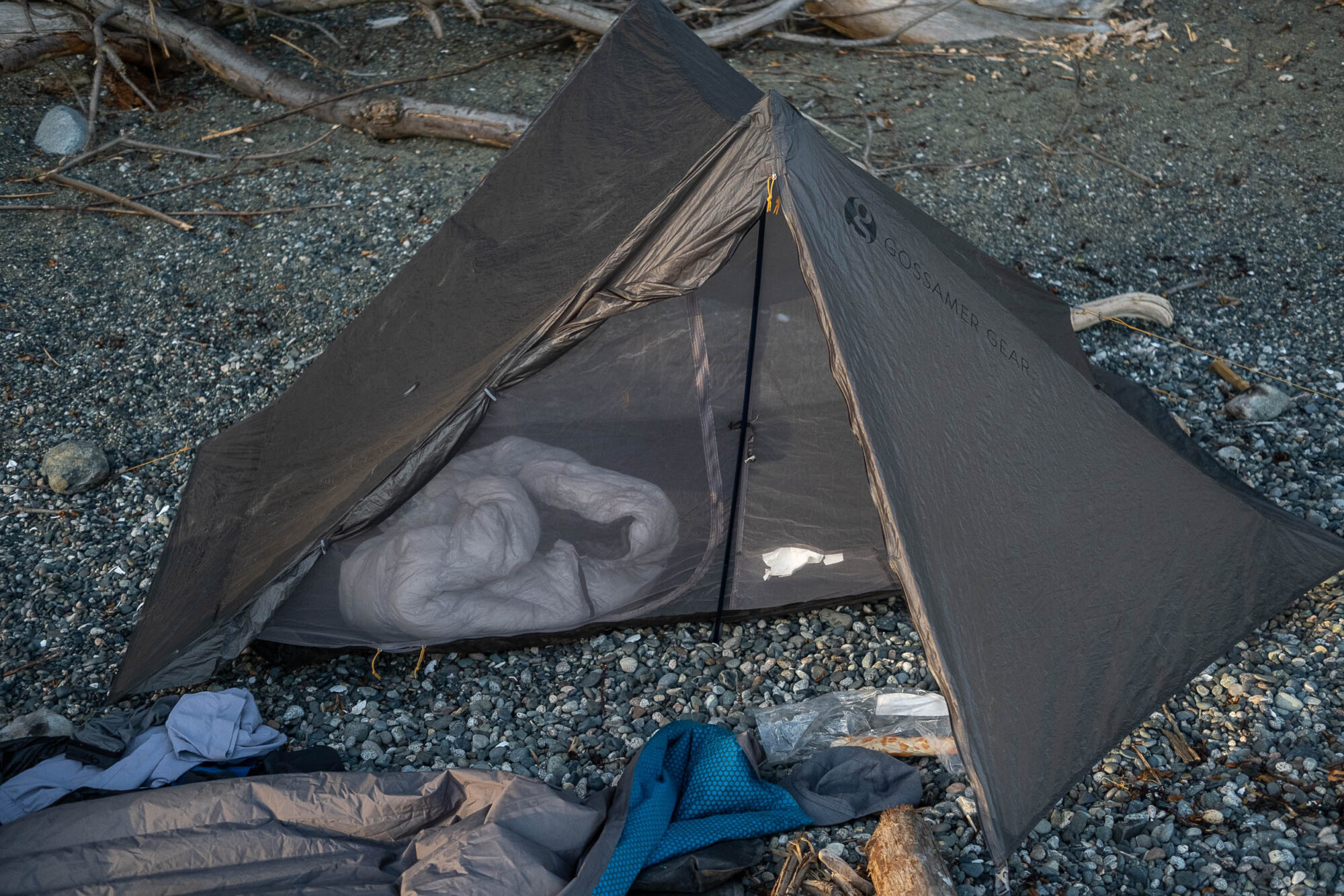
The Flylite’s design is purposeful and sheds any unnecessary weight but still manages to feel like a proper sleeping bag. Having spent my fair share of nights in their incredibly lightweight Nanolite quilt, which weighs just over 300 grams, I was happy to have more coverage and a proper hood with no noticeable increase in weight. In most cases, I find a sleeping bag with a hood to be warmer than a quilt and whatever gear I use to keep my head warm. It might not pack down quite as small as the Nanolite, but I’ve still managed to stuff it into Western Mountaineering’s XXXS (4.5L) stuff sack without compressing it down fully. For reference, the 6’6″ Flylite and stuff sack weigh in at 480 grams.
Like the Nanolite, the Flylite generally uses less insulation than other lightweight sleeping bags, with a fill weight of just 231 grams (8.15 ounces) on the model I tested. It’s normal to see fill weighs closer to the 310-gram (11-ounce) mark for the same temperature rating in comparable lightweight bags, but most aren’t fully baffled or as efficient. I have yet to experience any cold spots while using the Flylite and also find it lives up to its temperature rating thanks to the insulated top collar and zipper collar. While I can hardly call the 36°F (2°C) comfort rating a true three-season bag here in British Columbia, it’s suitable for most summer, spring, and fall conditions, and I find it more versatile than a quilt.

On Baffles
Many factors determine a sleeping bag’s weight, compressibility, price, and performance. While the materials and type (and quality) of insulation are key, the construction of the bag’s baffles is probably the most important. There are many baffle types, but the most popular include stitch-through, boxed, and continuous. Stitch-through or sewn-through baffles use a seam that connects the outer fabric to the liner, separating the down. It’s the cheapest method, but depending on the number of seams, can result in cold spots as it creates areas with no insulation. Boxed baffling uses a lightweight material between the outer fabric and liner, creating boxes of insulation and minimizing cold spots.
Western Mountaineering’s Extremelite line and most in the Microfiber line use continuous baffles. Unlike boxed baffles, which hold the insulation in place, continuous baffles have chambers on the top and bottom of the bag that are connected, allowing the user to adjust the position of the down depending on the conditions and preferences. The result is an incredibly lightweight bag that’s slightly more versatile but does require some attention when the insulation ends up somewhere other than where you want it.
Sleeping Bags Compared (6′ / 180cm versions)
Find a comparison chart below featuring popular mummy sleeping bags with hoods in the 35°-40°F range, all of which are lightweight and packable, showing key specs for each.
| Product | Total Weight | Fill Weight | TEMP RATING | Price |
|---|---|---|---|---|
| Western Mountaineering Flylite (Continuous Baffles) |
14 oz
404 g
|
7.6 oz
217 g
|
36°F
2°C
|
$480 |
| Western Mountaineering Highlite (Box Baffles) |
16 oz
455 g
|
8 oz
225 g
|
35°F
2°C
|
$415 |
| Sea To Summit Spark (Box Baffles) |
12 oz
340 g
|
6.3 oz
180 g
|
40°F
5°C
|
$360 |
| Therm-a-Rest Hyperion (Box Baffles) |
16 oz
453 g
|
8.5 oz
250 g
|
41°F
5°C
|
$490 |
| Big Agnes Pluton UL 40° (Box Baffles) |
16 oz
453 g
|
8 oz
227 g
|
40°F
5°C
|
$350 |
| RAB Mythic 200 (Box Baffles) |
16.8 oz
475 g
|
7.1 oz
200 g
|
35°F
1°C
|
$500 |
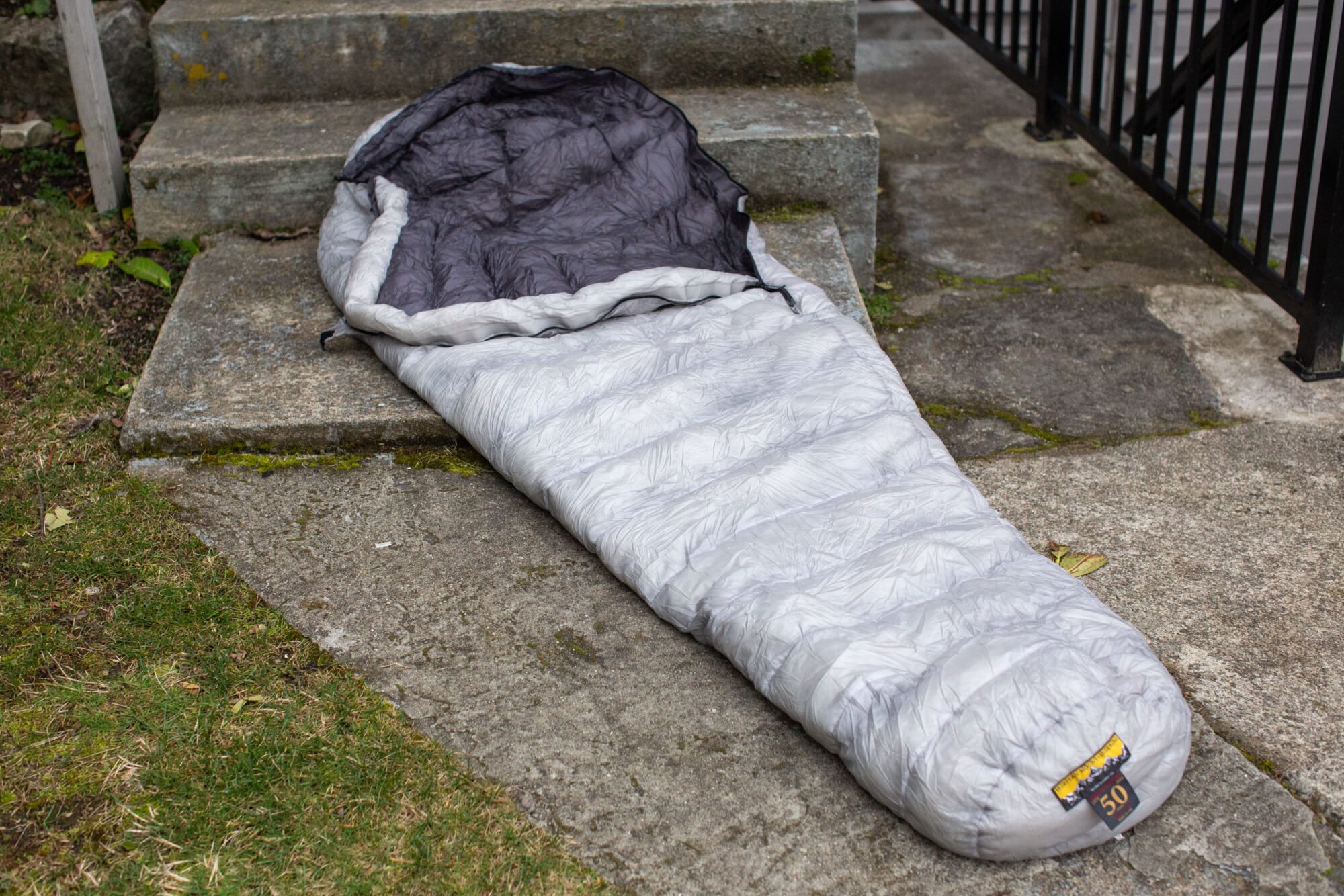
Pros
- Lightweight and packable
- Functional temperature rating for most seasons
- Draft tubes, zipper, and hood are useful
- Made in USA
Cons
- Down insulation won’t work for some folks
- Not quite a proper three-season bag for some parts of the world
- Continuous baffles require some attention to position down
- Pricey
- Temperature Rating: 36°F (2°C)
- Material: Nylon/Goose Down
- Weight: 395 grams
- Place of Manufacture: USA
- Price: $460 USD
- Manufacturer’s Details: WesternMountaineering.com
Wrap Up
Although the Western Mountaineering Flylite is rated only slightly warmer than the Nanolite, its thoughtful design touches, properly insulated hood, and useful zipper make the slight increase in size easier to swallow. Quilts are great for keeping pack size and weight down to a minimum, but there’s something nice about climbing into a proper sleeping bag that helps me fall asleep and keep sleeping through the night while camping. The Flylite has proven to be a solid three-season sleeping bag for most conditions here in British Columbia and was easy to reach for when packing for the Australia tour that Emily and I are currently on.
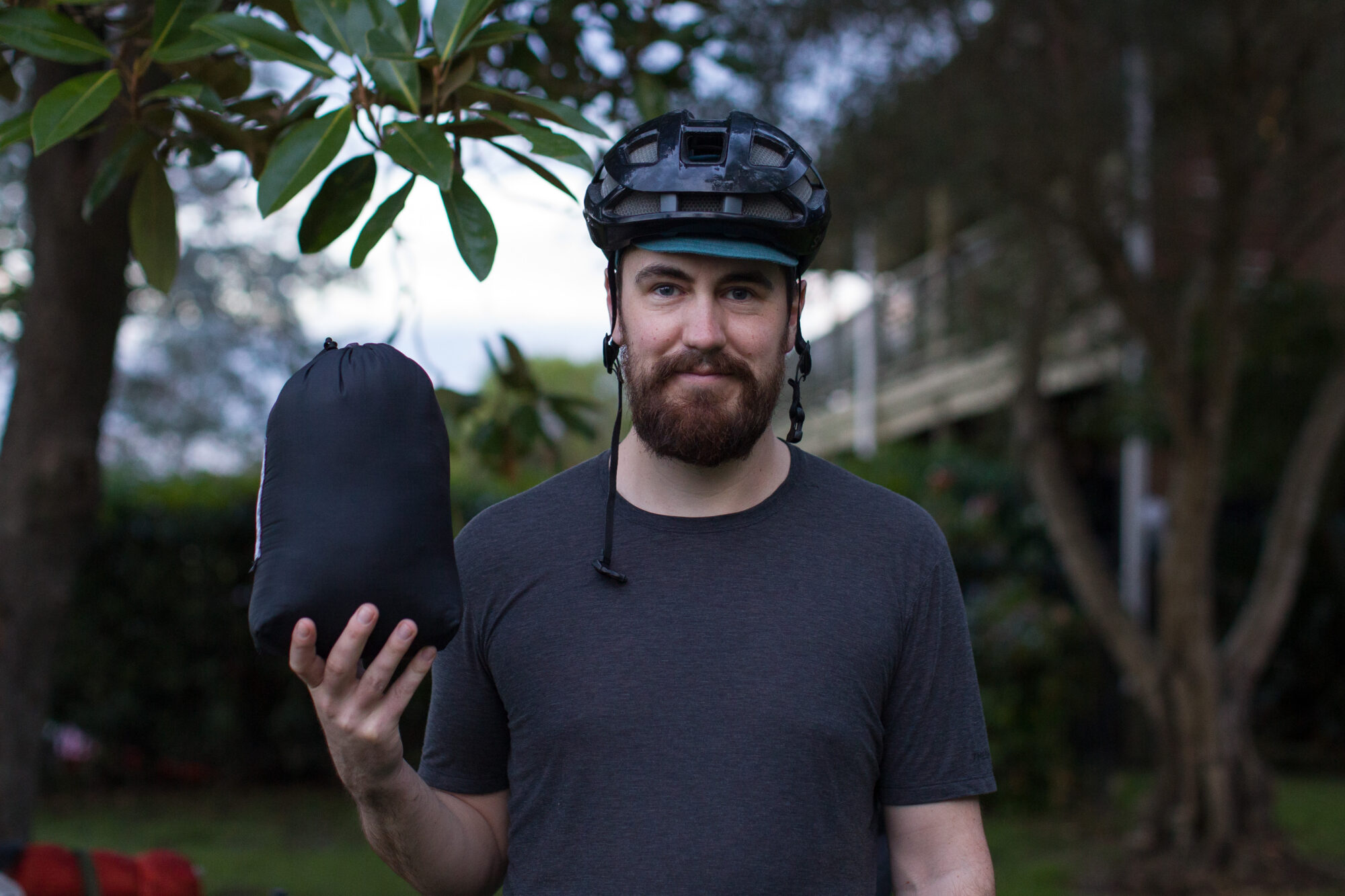
Please keep the conversation civil, constructive, and inclusive, or your comment will be removed.








